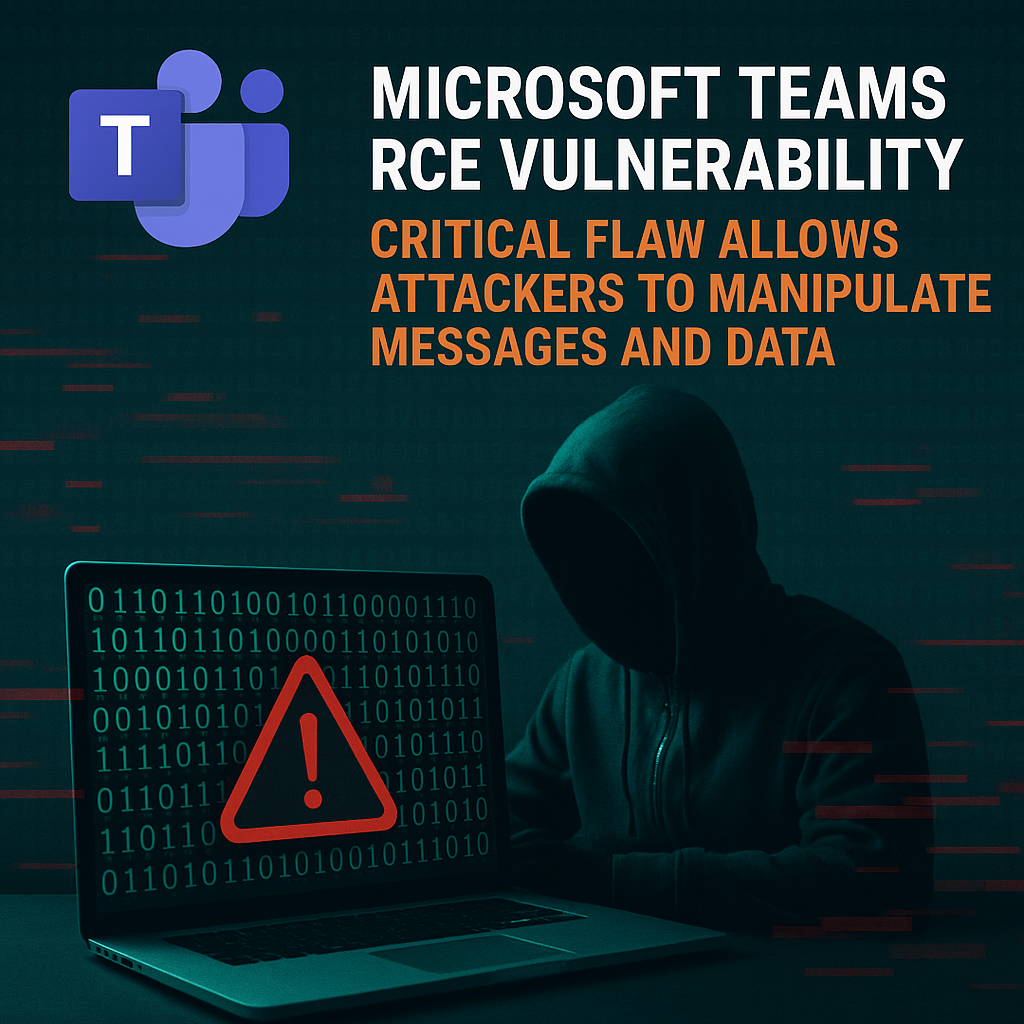
Enterprise Messaging Threats: Risks to Business Communication Security
Enterprise messaging threats target business communication platforms such as email, collaboration apps, and instant messaging tools. Common risks include phishing, business email compromise (BEC), malware attachments, account takeover, and data leakage through insecure channels. Attackers often exploit weak authentication, misconfigurations, or employee error to bypass security controls. These threats can result in financial fraud, data breaches, and reputational damage. To mitigate risks, enterprises should enforce multi-factor authentication, implement advanced threat detection, monitor message traffic, and train employees to recognize social engineering tactics. Strengthening enterprise messaging security ensures safe collaboration and protects critical business information.
